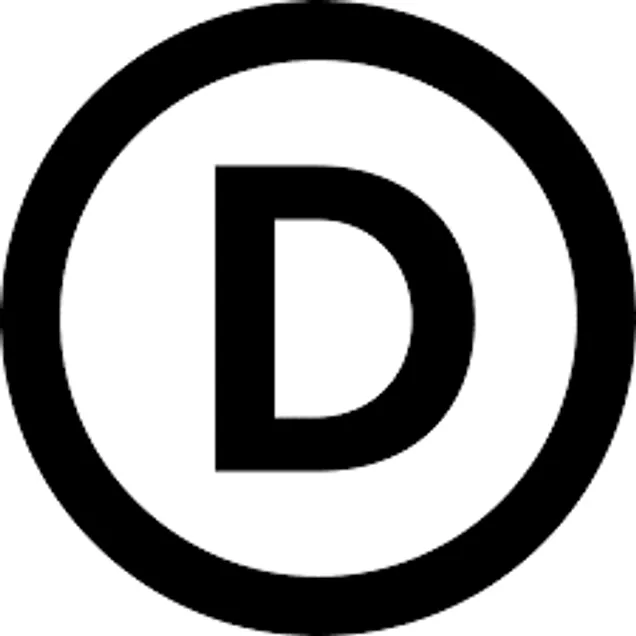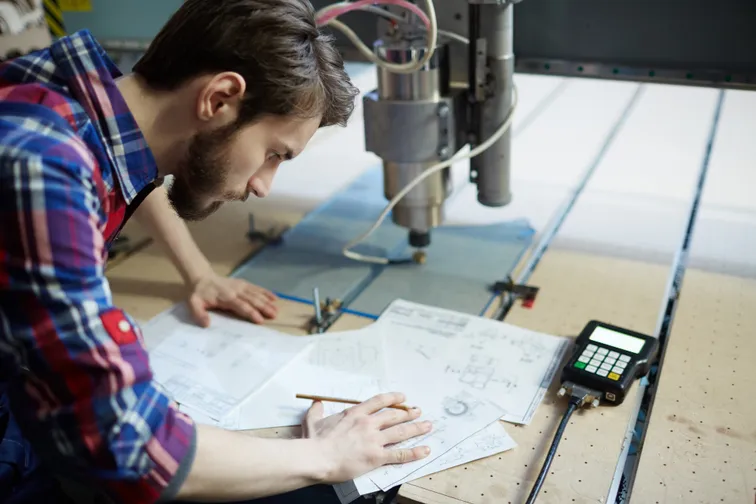In October 2024, the European Union adopted a package of design law reforms aimed at fundamentally improving design protection in the EU. This "design package" includes a new the revised directive on the legal protection of designs and the amended regulation on European Union designs that do not only update terminology but also change the very approach to design protection. The reform aims to make the registration process simpler and faster, provide greater legal certainty and respond to the challenges of 3D printing, artificial intelligence and digital transformation. What can we expect?
Key changes: Updated Terminology and Expanded Definitions
In our first article on the subject, we provide an overview of the main changes contained in the package. In subsequent articles, we will take a closer look at the key new concepts and the forthcoming adoption of the design law treaty, which is expected to take place at a conference organised by the World Intellectual Property Organisation (WIPO) in November.
The new measures will enter into force four months after their promulgation, giving member states 36 months to incorporate them into their national legal systems. This reform can have a significant impact on a wide range of stakeholders - from companies operating in the industry to independent designers who will now have access to tools to protect their designs more flexibly and effectively.
One of the first important changes is the introduction of new terminology. The previously used term "Community" will be replaced by "European Union", which will, among other things, affect the commonly used and familiar abbreviation for design protection - RCD (Registered Community Design) will now become REUD (Registered European Union Design). This change underlines the wider scope of protection at European Union level and also updates the now outdated text.
Another important change is the new definition of designs, which now includes not only physical objects but also their intangible forms, including animations, graphic logos and user interfaces (Article 3). This definition reflects current trends in the development of digital technologies, where design often includes dynamic elements that are no longer linked only to the material world.
New object of protection and extension of its scope
One of the other major changes is the modification of the object of protection, which is now defined in Article 18a of the Regulation. Strictly speaking, design protection will only be conferred on those features of appearance which are visible in the application for registration. The aim of this measure is to provide greater transparency and legal certainty as to what exactly is protected.
Design protection is also extended to new areas, in particular to activities that enable copies to be made using 3D printing technologies. This change reflects the increasing availability of these technologies and their use in industry. Another important new concept is the possibility to seize counterfeit goods in transit, which will significantly strengthen the rights of design owners in the fight against counterfeit goods and simplify the hitherto rather complex system based mainly on customs rules.
Limiting the effects of protection and new rules for "spare parts”
On the other hand, the package also introduces some limitations on the effects of protection. Designs will not be protected in all cases, in particular for referential use, review, criticism and parody. This is to avoid excessive interference with freedom of expression and to promote a balance between the protection of design rights and the public interest.
One of the most controversial aspects of the new legislation is the amendment concerning spare parts. A "repair clause" has been introduced to allow the manufacture of spare parts to repair original products without infringing design rights. This change has a direct impact on, for example, the automotive industry and other sectors where spare parts play a crucial role. In addition to the extensive discussion on trade mark law, designs are now back on the agenda.
Simplification of filing and invalidity procedures
Other major changes concern the procedure for filing design applications and invalidity proceedings. Applications will now only be accepted through the EUIPO (European Union Intellectual Property Office) and communication with the Office will only take place via online applications. The aim is to make the procedure simpler and more efficient.
There are also changes to the procedure for declaring an EU design invalid. The newly introduced Article 53a is intended to speed up this procedure, which should allow for a more efficient resolution of disputes. At the same time, it will be possible to request proof of use of a design, which may help to reduce abuse of rights on designs that are not actually used in practice.
New fees and other changes
The package also introduces an adjustment to fees. They have been unified and slightly adjusted, with the main change being to renewal fees. The new system is designed to be more transparent and fairer and will help to increase the availability of protection for small businesses and individuals.
Another important part of the package is the introduction of the new "D in a circle" symbol (Article 26a). This symbol is intended to have a similar function to the more familiar (R) for registered trademarks or (C) for copyright.

The use of the (D) symbol therefore has several important functions. Firstly, it serves to draw attention to the legal protection of the design, thereby reducing the risk of unintentional copying or imitation. It also strengthens awareness of the rights of the design owner - it informs competitors that unauthorised use of a protected design may be considered an infringement and may have legal consequences.
However, the introduction of this new practice will not be an obligation, but merely an opportunity offered by the new Regulation to creators and owners of designs.
Conclusion
The new EU design protection package is a major step forward in modernising this area of law. It is expected to simplify procedures for creators and industry, extend protection to new areas and make existing rules more transparent. At the same time, however, it will place greater demands on designers to present their designs clearly and to comply with the new formal requirements.
With this package, the EU is not only responding to technological change, but also seeking to consolidate its position as a world leader in industrial property rights.








